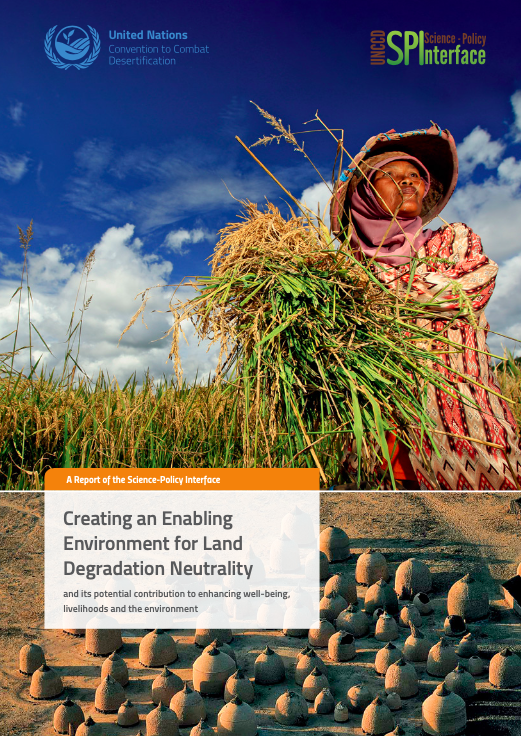Creating an Enabling Environment for Land Degradation Neutrality and its potential contribution to enhancing well-being, livelihoods and the environment
The Sustainable Development Goals (SDGs) adopted by the United Nations General Assembly in September 2015 include a target on land degradation neutrality (LDN) (SDG 15.3). Attaining and maintaining LDN requires addressing a land governance challenge to steer land management towards avoiding, reducing and reversing land degradation.



